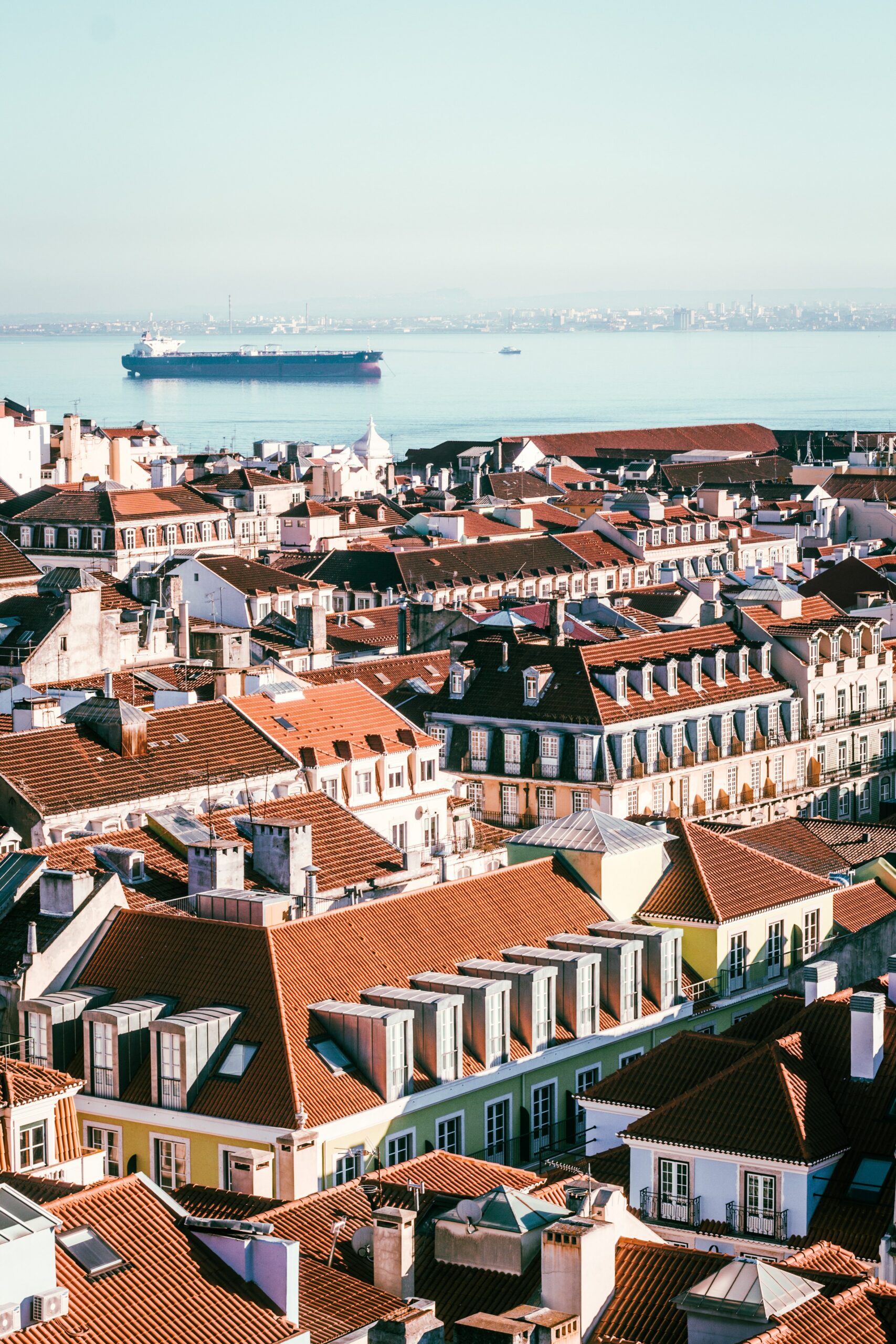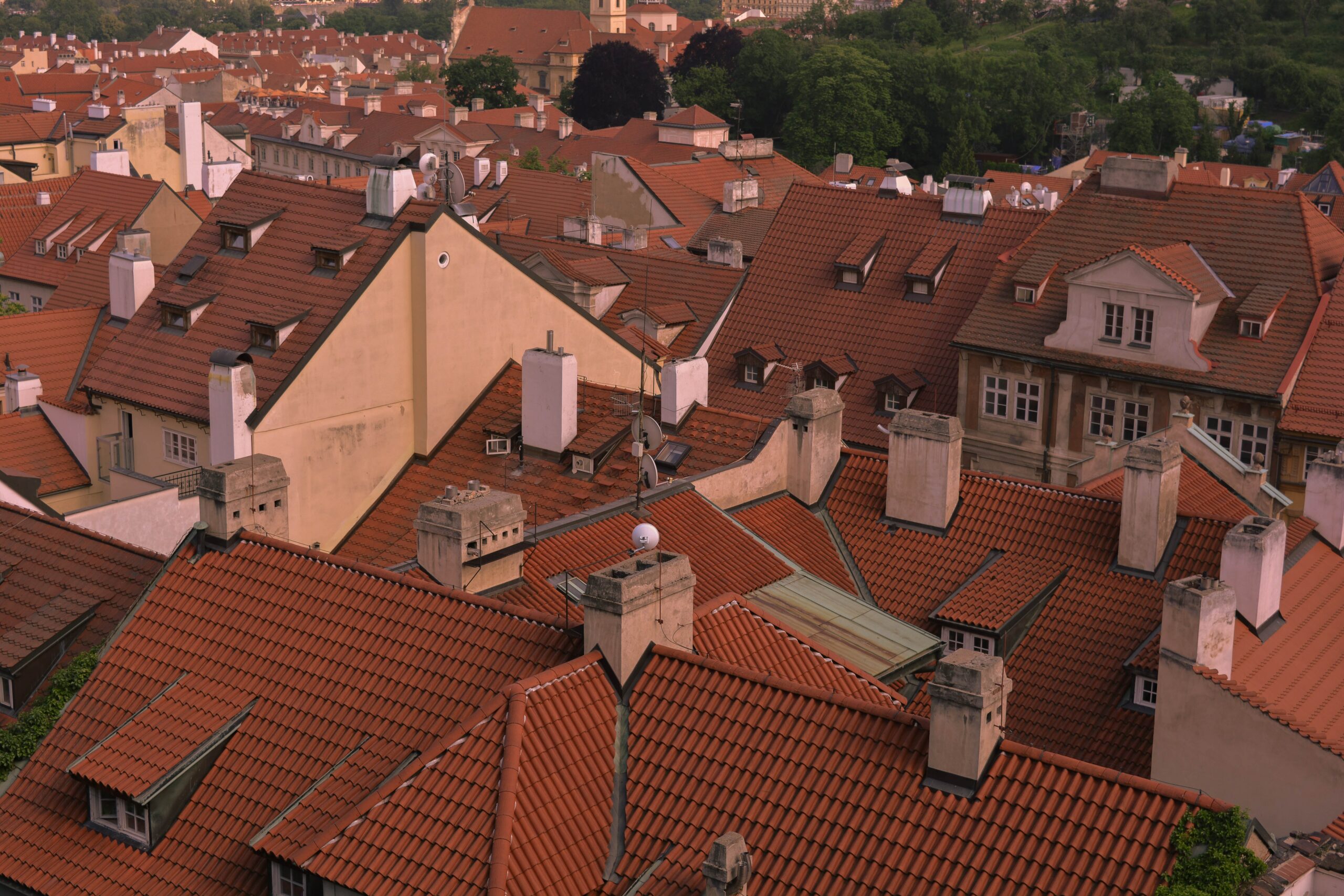House roofs have been covered with tiles since antiquity. This is still one of the most popular roof styles today. When we consider its resilience to bad weather in particular, as well as its insulating properties, it appears to be natural. Since it is constructed of natural materials, a tiled roofs is also environmentally friendly. Without mentioning its aesthetics, it is highly regarded.
Different Types Of Tiled Roofs
The tiles are made of various materials, each with its except unique characteristics. We’re talking about terracotta tiles, which are the most popular and environmentally friendly. However, the tiles may be made of concrete, PVC, fibre cement, or even wood.

Terracotta Roof Tiles
Terracotta is a material that has existed since the dawn of time. It is a toxin-free material made of clay and water. A terracotta tile roof ensures that the air inside the house is clean.
The most popular type is terracotta. This is what gives the vast majority of tiled roofs their distinctive red hue. It is more resistant to wear and tear over time, and unlike other forms of terracotta used to make tiles, it does not darken with age.
Terracotta tiles belong to the flat tile family, and they have the distinct advantage of being able to cover steeply sloping roofs.
Concrete Roof Tiles
Concrete tiles made of mortar offer a very high level of waterproofing to a roof due to the properties of their material. It’s also a low-maintenance material, with the exception of routine foam monitoring, which occurs more often on these tiles than on terracotta ones.
Concrete has the benefit of being colourable with pigments. As a result, tiles in a variety of colours are possible.
The Benefits Of Having Tiled Roofs
Tiles, whether made of terracotta or concrete, are a rigid and durable material. They can withstand very strong winds if built correctly and securely. Clay tiles can last up to 30 years and concrete can last up to 50 years. A tiled roof can last much longer if properly maintained.
Terracotta or concrete tiles have the added benefit of being extremely insulating, especially in terms of heat. They do have thermo-reflective properties that help to keep you warm in the winter and cool in the summer. They’re still unaffected by humidity.
Even though the tiles are thick, they are easy to handle, making replacement a breeze. It is possible to replace just a broken tile. The tiles are also extremely fire resistant. This is why they are mostly used in places where fires are a serious threat.

The tile is available in a variety of colours on the aesthetic side. The most common colour is red, but you can also use white, green, or other colours. The approved colours are usually defined by the town planning rules in effect in your municipality. The tiles, on the other hand, will come in a variety of shapes and sizes, up to a hundred!
For low-pitched roofs, “canal tile” or “purlin tile,” or even “interlocking tile” or “Roman tile” for intermediate slopes.
Finally, since the tiles are made of natural materials, they are environmentally friendly, particularly because they are 100% recyclable and most of them are made locally. It is now also possible to cover your roof with photovoltaic tiles, which allow you to generate your electricity using the sun’s radiation.
Please contact us as soon as possible if you have any questions or would like more information.

